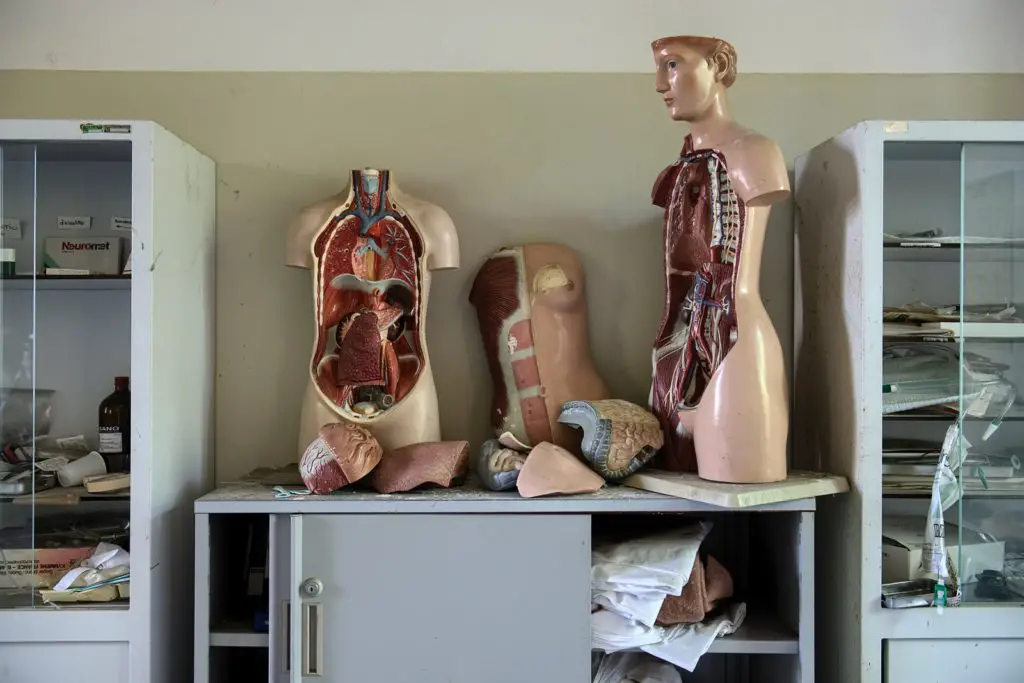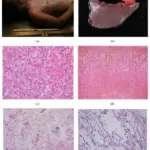An autopsy is an examination of a body after death to determine the cause of death or the character and extent of changes produced by disease.
An autopsy is a medical examination of a deceased person that involves the following:
- External examination
- Internal examination
- Microscopic examination
- Clinicopathologic correlation
What is Forensics?
Forensics is the application of science to criminal and civil laws, mostly during criminal investigation, as governed by the legal standards of admissible evidence and criminal procedure.
What is a Forensic Autopsy?
A forensic autopsy is a series of tests and examinations performed on the body to determine the presence of an injury and to identify any disease that may have caused or contributed to the death.
What is the Approach to Autopsy and Forensics?
The approach to autopsy and forensics involves the following providing information through a postmortem examination of the body. Forensic autopsies differ from medical autopsies in that they fall under the jurisdiction of a local governmental death investigation office (typically a coroner or a medical examiner).
Consent for the autopsy by the person with legal authority to provide consent and confirmation that the decedent is at the proper location isn’t used for the medical examination. Forensics need to assess the scene, and determine the circumstances.
There is a hierarchy that doctors must adhere to when allowing someone to order an autopsy.
The hierarchy of who can legally sign for an autopsy to be performed from highest to lowest priority include:
- The Power of Attorney (either named in an Advanced Care Directive or legally appointed by a judge)
- The surviving spouse or domestic partner
- Adult children
- Parents
- Siblings
- Grandparents
- Nephews or nieces
- Uncles or aunts
- Cousins
- Stepchildren
- Relatives or next of kin of the previously deceased spouse
- Any relative or friend who is assuming custody of the body or responsibility for the burial
How to Prepare for an Autopsy Procedure?
Preparation for the autopsy by:
- Ensuring case is not under medical examiner jurisdiction
- Medical history review
- Discuss autopsy with the medical team involved
- Ensure personal protective equipment is available
- Prepare for photography
- Confirm the identity of the decedent
- Autopsy report
What is Usually on the Differential Diagnosis for an Autopsy?
The differential doagnosis for an autopsy typically includes:
- Sepsis
- Septic shock
- Cardiovascular pathology
- Pulmonary pathology
- Other conditions that are obvious to the patient’s medical history
What is an External Examination for an Autopsy?
An External examination for an autopsy is a detailed description of the decedent’s remains including scars, surgical incisions, medical devices, tattoos, etc., but no internal cuts are made on the body and no organs are examined.
What is an Internal Examination for an Autopsy?
An Internal examination for an autopsy is when the pathologist removes and dissects the chest, abdominal and pelvic organs, and, if necessary, the brain. It’s unusual to examine the face, arms, hands, or legs internally.
What is a Microscopic Examination for an Autopsy?
A Microscopic examination for an autopsy is performing the histologic examination in all cases regardless of cause and manner of death. It should be used, as needed, in certain circumstances but is not necessary as a matter of routine.
What is a Clinicopathologic Correlation for an Autopsy?
A Clinicopathologic correlation for an autopsy is an objective summary and correlation of clinical findings with gross and microscopic findings and with the results of other studies performed at autopsy, to describe the death and elucidate the sequence of events leading to death.
What are Other Studies that may be used in an Autopsy or Forensic Case?
Other studies that may be used in an autopsy or forensic case include:
- Clinical chemistry tests
- Special stains
- Crime scene investigation
What are Clinical Chemistry Tests?
Clinical chemistry tests are examinations that measure concentrations or activities of substances (ions, molecules, complexes) in body fluids.
What are Special Stains?
Special stains are processes that generally employ a dye or chemical that has an affinity for the particular tissue component that’s to be demonstrated and they allow the presence or absence of certain cell types, structures or microorganisms to be viewed microscopically.
What is a Crime Scene Investigation?
A crime scene investigation is the use of physical evidence at the scene of the crime and the use of deductive and inductive reasoning to gain knowledge of the events surrounding the crime.
What are the Timelines for Reporting Autopsy Results?
The timelines for reporting autopsy results are:
- 48 hours after the case is accessioned for the provisional autopsy diagnosis (PAD)
- 2 months after the case is accessioned for the final report



